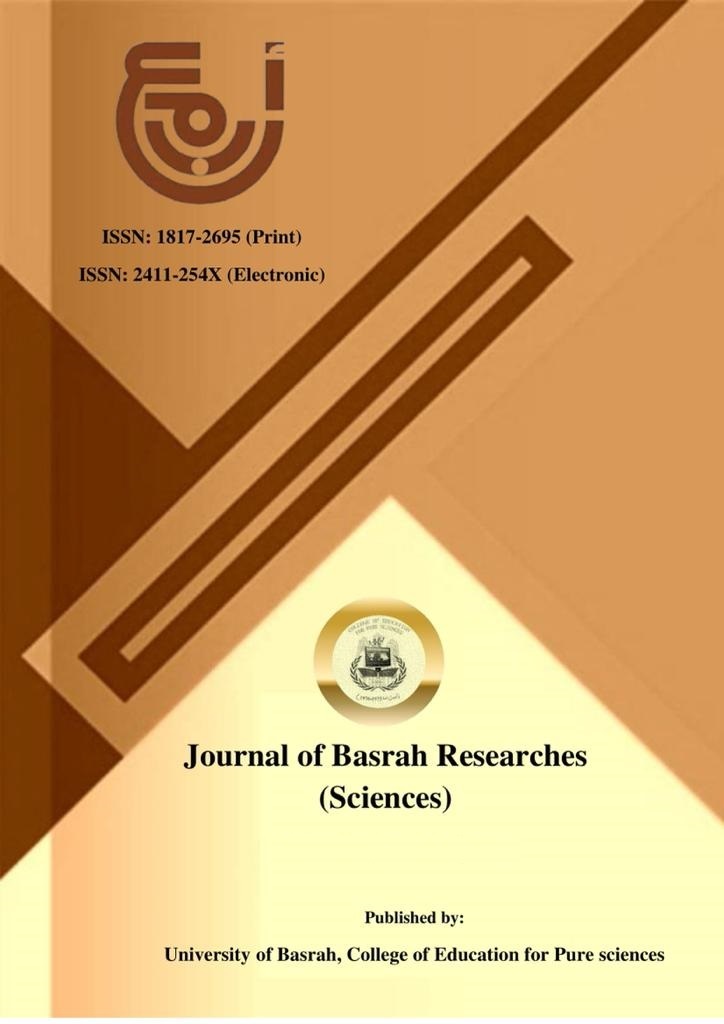Abstract
The study was devoted to calculating and interpreting the electronic spectra of the RDX molecule. The six isomers of the RDX molecule were geometry optimized with the MP2/cc-pVTZ level of theory. The twist isomer was shown to be the most stable isomer. The electronic spectra of the six isomers were calculated with acetonitrile as a solvent. The electronic spectra were calculated using the PBE0/def2-tzvppd level of theory in acetonitrile as a solvent. The combined PBE0/def2-tzvppd//MP2/cc-pVTZ methods succeeded in reproducing fairly the experimentally measured main band at 236 nm. The calculated wavelength was 237 nm, and the band was shown to mainly originate from the HOMO to LUMO transition with a transition probability of 0.49688, which is 49.4% of the overall transitions responsible for this band. The calculated spectrum of the most stable isomer (twist) was most relevant to the experimental spectrum. In order to predict the detonation velocity of explosives, the Quantity Structural-Property Relationship calculations were done, and a statistical empirical equation was built based on the measured detonation velocity of well-known explosives and several structural and electronic descriptors.
Keywords
Descriptors
AIM
of RDX
QSPR
Keywords
Descriptors
AIM
of RDX
QSPR
